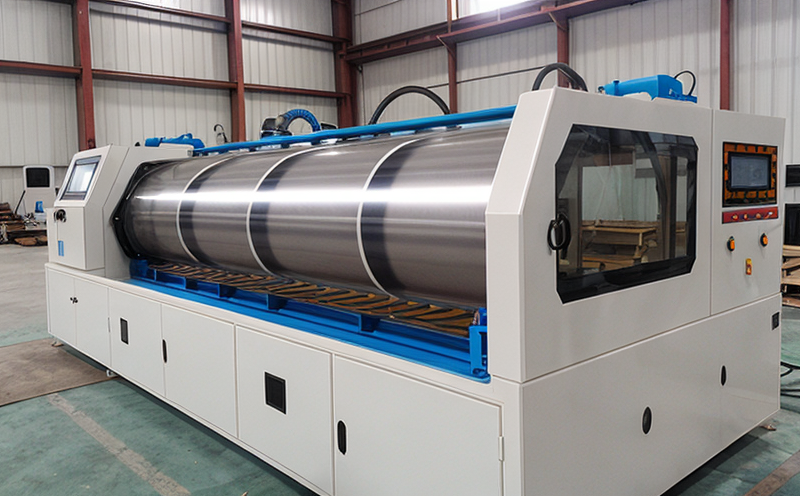ASTM D2724 Bonded or laminated fabrics Strength and durability evaluation
The ASTM D2724 standard is a critical method for evaluating the bond strength between two layers of fabric that are bonded, laminated, or coated. This service assesses the physical integrity and durability of materials used in various industries such as automotive, aerospace, construction, and medical devices.
The process involves preparing specimens according to ASTM D2724 specifications, which dictate the type of bonding agent, curing conditions, and testing parameters. The test aims to determine how well two layers of fabric adhere under different stresses, ensuring that the bonded or laminated structure can withstand real-world conditions without failure.
Testing is conducted using specialized equipment such as tensile testers capable of applying controlled forces along with shear testers for evaluating adhesive performance in both directions. Specimens are prepared by cutting rectangular pieces from the bonded fabric sample and mounting them onto the testing machine fixtures. Once mounted, they undergo a series of mechanical tests designed to simulate the stresses encountered during use.
Testing parameters include load at break, elongation at break, ultimate tensile strength (UTS), and shear resistance. Each parameter provides insight into different aspects of bond integrity and overall performance. For instance, UTS gives an indication of how much force is required before breaking occurs while shear resistance measures the ability to resist sliding between layers.
The results are reported according to ASTM D2724 guidelines, detailing key findings such as average values for each measured parameter along with statistical analysis where appropriate. These reports serve as valuable tools for quality assurance teams responsible for maintaining consistent product quality across production batches.
| Parameter | Description |
|---|---|
| Load at Break | The maximum load applied before the specimen fails under tension or shear. |
| Elongation at Break | The percentage elongation experienced by the specimen just prior to failure. |
| Ultimate Tensile Strength (UTS) | The highest force per unit area achieved during tensile testing before rupture. |
| Shear Resistance | A measure of the ability to resist relative movement between bonded layers under shear stress. |
Industry Applications:
- Automotive interiors where seating fabrics need to withstand high loads and repeated use.
- Bicycle seats requiring durability against frictional forces during prolonged usage.
- Ski boots needing reliable bonding between outer shell and liner for protection against harsh winter conditions.
Use Cases and Application Examples:
| Application Example | Description |
|---|---|
| Automotive Seat Covers | Evaluating bond strength between the outer PVC layer and inner foam backing to ensure durability over time. |
| Bicycle Helmet Liners | Determining shear resistance of EPS foams bonded directly onto fiberglass shells for improved impact absorption. |
| Ski Boots Outer Shells | Assessing tensile strength and elongation properties to ensure boots can handle rough terrain without tearing or delaminating. |
The ASTM D2724 service is essential for ensuring that bonded or laminated fabrics meet stringent performance requirements across diverse industries. By providing accurate measurements of bond integrity, this testing ensures products remain robust and reliable under challenging conditions.
Benefits
- Enhances product reliability by identifying weak points in the bonded or laminated structure early in development stages.
- Facilitates compliance with international standards, ensuring products meet regulatory requirements and industry expectations.
- Aids in optimizing material selection through detailed insights into how different fabrics interact under various stress conditions.
- Reduces potential for product failures by validating bond strength before mass production begins.





